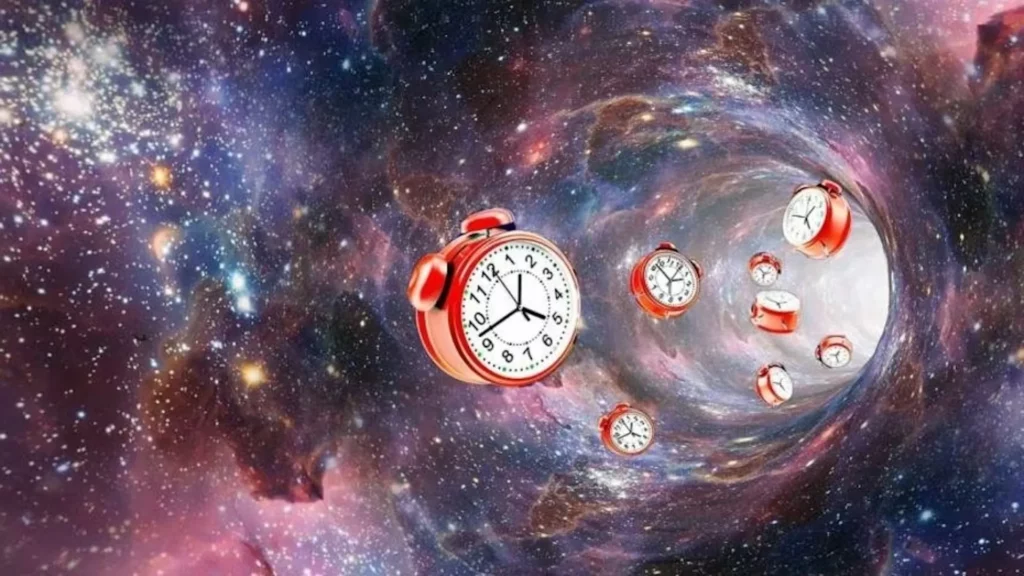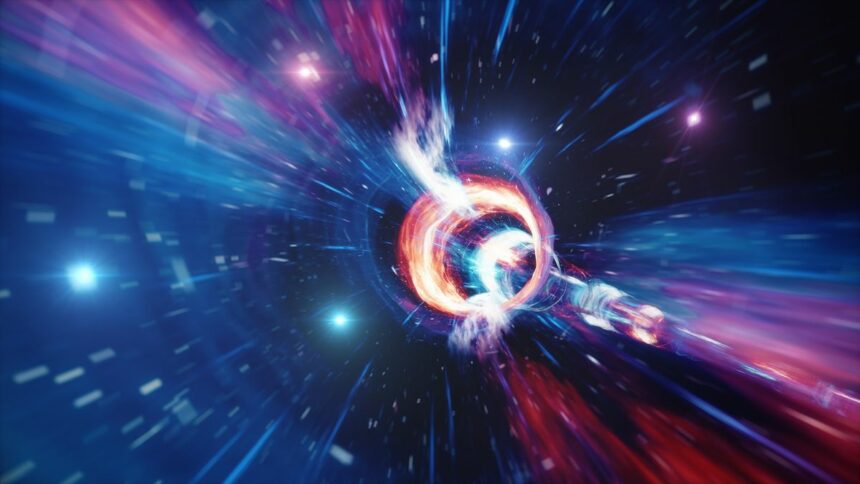Have you ever envisaged journeying through time, akin to characters in science fiction movies? Time travel, a concept entailing moving between distinct points in time, has long enraptured the human imagination. In cinematic depictions, protagonists often employ specialized machines, magical devices, or futuristic vehicles to traverse backwards or forward in time.

However, the feasibility of time travel remains a tantalizing question in science. The universe’s adherence to the laws of thermodynamics may render it improbable, particularly the second law, which posits that things in the universe either remain unchanged or become more disordered over time. This concept likens the universe’s progression to a one-way street, where time can only move forward.
Nevertheless, physicist Albert Einstein‘s special relativity theory suggests that time elapses at varying rates for different observers. Individuals travelling at near-light speeds, such as aboard a spaceship, would experience time more slowly than those on Earth. While humanity has yet to achieve such velocities, astronauts aboard the International Space Station orbit Earth at speeds approaching 17,500 mph. Notably, astronaut Scott Kelly‘s extended stay in space resulted in his slightly younger age compared to his twin brother, Mark Kelly.
Exploring theoretical concepts like wormholes, or hypothetical tunnels in space, offers another avenue for potential time travel. If one could manipulate a wormhole’s ends to move at near-light speeds, the moving end would age more slowly than the stationary end, potentially facilitating journeys into the past. However, the existence of wormholes remains theoretical and sending humans through them poses immense challenges.
The notion of time travel also introduces paradoxes, such as the famed grandfather paradox, which questions the consequences of altering events in the past. Theoretical physicist Stephen Hawking once experimented with time travel by organizing a dinner party with invitations sent afterwards, hoping future time travellers would attend. Yet, no such attendees materialized, prompting Hawking to jest about the improbability of time travel.
Astrophysicists, equipped with powerful telescopes, engage in a form of time travel by observing distant celestial objects. As light from stars and galaxies takes time to reach Earth, peering into the cosmos effectively offers glimpses into the universe’s past. NASA’s James Webb Space Telescope, for instance, enables scientists to study galaxies formed shortly after the Big Bang, approximately 13.7 billion years ago.
While tangible time machines akin to those depicted in movies remain elusive, ongoing scientific inquiry fosters hope for future breakthroughs. In the interim, the allure of time travel persists in literature, cinema, and the realm of imagination.







